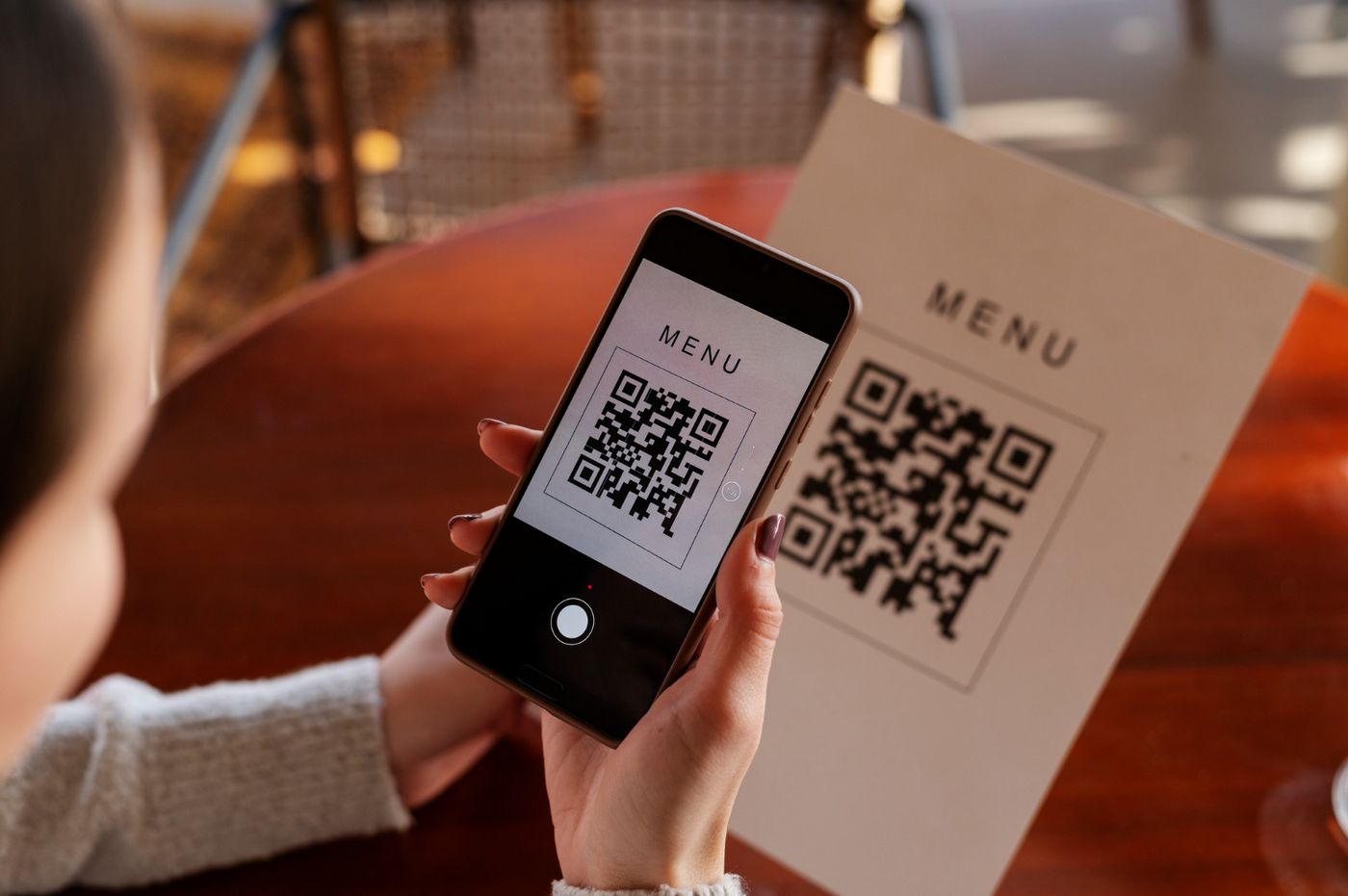Use our free QR Code Generator tool to generate a QR code from a URL. No account required.
To use our tool just enter a valid URL and we’ll generate a QR code that you can download as an image or copy to clipboard immediately.
Note: we don’t store any QR generated codes, so make sure you download the image or copy the contents to the clipboard before leaving our website. You can also right click directly on the generated image and select Save Image As…
We adopt a Privacy First mindset: Our tools don’t send back your data to our servers. We don’t store your usage history. We minimize data collection so you can use our tools with confidence.
We decided to create our free and simple QR Code Generator tool because we are tired of “free” tools that require users to create an account, limit basic options and put them behind a paywall.
Feel free to use our tool as much as you like to generate QR codes from valid URLs.
If you wish to know more about QR codes, how they work, how you can use them, we have included an explanatory section below.
QR Codes FAQ (Frequently Asked Questions
A QR (Quick Response) code is a two-dimensional barcode that stores information both horizontally and vertically. It can be scanned using smartphone cameras to quickly access websites, contact information, or other data.
Most modern smartphones can scan QR codes directly with the default camera app. Simply open your camera, point it at the QR code, and tap the notification that appears. Some devices may require a dedicated QR code scanner app.
You can create a QR code using our free generator tool on this website. Simply enter the information you want to encode (URL, text, contact info, etc.), customize if desired, and download the generated QR code. No strings attached.
What information can a QR code contain?
QR codes can store various types of data including:
• Website URLs
• Plain text
• Contact information (vCard)
• Email addresses
• Phone numbers
• Wi-Fi network credentials
• Location coordinates
• Calendar events
• Payment information
A standard QR code can store:
• Up to 7,089 numeric characters
• Up to 4,296 alphanumeric characters
• Up to 2,953 binary bytes
• Up to 1,817 Japanese kanji/kana characters
Yes, QR codes can be customized with colors, logos, and designs while maintaining scanability. However, there are limits to customization—too many changes might make the code unscannable.
Our free tool offers the most basic, black on white background, highly readable type of QR code.
The code itself does not expire. However, if the underlying content (such as a website) changes or is removed, the QR code’s utility can be affected.
QR codes themselves are safe; however, be cautious when scanning codes from unknown sources as they might link to unsafe websites.
Absolutely—QR codes are commonly used for mobile payments, linking to payment portals or digital wallets.
QR codes themselves don’t secure data; it’s important to combine them with secure servers and encryption practices when transmitting sensitive information.
Yes, QR codes work without an active internet connection once the code has been generated, though the linked content might require connectivity.
Yes, they are designed with mobile devices in mind, making it convenient for users to scan with a smartphone camera.
Yes, QR codes can be printed in color as long as there’s sufficient contrast between the QR code elements and the background. Dark colors on light backgrounds work best.
Yes, QR codes can be scanned directly from screens such as computer monitors, smartphones, tablets, or digital signage as long as there’s adequate brightness and resolution.
QR codes have four error correction levels:
• L (Low): 7% of data can be restored
• M (Medium): 15% of data can be restored
• Q (Quartile): 25% of data can be restored
• H (High): 30% of data can be restored
Higher error correction levels allow for more customization but increase code density.
For digital use, PNG or SVG formats are recommended. PNG works well for most purposes while preserving quality. SVG is vector-based and allows for unlimited scaling without loss of quality, ideal for printing in different sizes.
QR codes are widely used for marketing, payments, information sharing, event management, and product authentications and are very safe for contactless interactions.
The three squares in corners are finder patterns that help scanners detect and interpret the code regardless of screen or QR code orientation.
